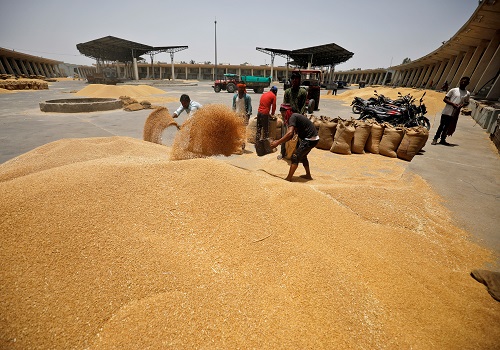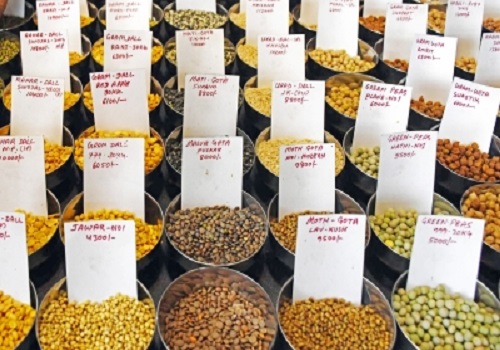Wheat Procurement at 3-Year High Amid Market Challenges by Amit Gupta, Kedia Advisory

Follow us Now on Telegram ! Get daily 10 - 12 important updates on Business, Finance and Investment. Join our Telegram Channel
India's wheat procurement reached 26.6 million tonnes this season, falling short of the 37.3 million tonnes target due to higher prices offered by private traders. Punjab and Haryana met 93% of their targets, while Madhya Pradesh, Uttar Pradesh, and Rajasthan fell significantly short. The government imposed stock limits to control prices, with a reduced surplus expected to impact market stability.
Highlights
Record Procurement Levels: India's wheat procurement by the Food Corporation of India (FCI) reached 26.6 million tonnes (mt) for the 2023-24 season, marking a three-year high. However, this fell short of the government's target of 37.3 mt and did not reach the 30 mt mark due to higher prices offered by private traders.
Comparison with Previous Years: In comparison, the Centre had procured 18.79 mt in 2022-23 and 26.2 mt in 2023-24. The record procurement was 43.34 mt in 2021-22. The recent procurement of 26.6 mt indicates a significant recovery but still below the peak levels.
Regional Procurement Details: Procurement in Punjab and Haryana ended with 19.6 mt, which is 93% of their combined target of 21 mt. Meanwhile, Madhya Pradesh, Uttar Pradesh, and Rajasthan together procured 6.98 mt against a combined target of 16 mt, reflecting regional disparities in procurement levels.
Market Arrivals and Prices: During the record procurement year of 2021-22, mandi arrivals were at 44.4 mt. This season, arrivals were over 36 mt. Despite lower arrivals, traders considered it reasonable given current market conditions. Farmers received either the minimum support price (MSP) or higher market prices.
Government Strategy and Challenges: The government aimed to procure only the necessary quantity to support its schemes, preferring to let farmers benefit from market prices. However, controlling wheat prices post-November will be challenging as most stock will be with traders, limiting government intervention.
Stock and Market Interventions: Last year, the government sold 10 mt of wheat in the open market to curb price rises. This year, it will have only 8.2 mt surplus over the annual requirement of 18.4 mt. This lower surplus could impact price stability if buffer stocks are maintained at current levels.
Stock Limit Order: On June 24, the Centre issued a Stock Limit Order, prescribing maximum quantities of wheat that processors, traders, wholesalers, and retailers can hold. This order, effective immediately until March 31, 2025, aims to prevent hoarding and stabilize prices.
Stock Limits for Stakeholders: The Order mandates that traders and wholesalers can hold up to 3,000 tonnes of wheat, while retailers (including big chains) are limited to 10 tonnes, and big chain retailers can keep up to 3,000 tonnes at their depots. Processors have a limit set at 70% of their Monthly Installed Capacity (MIC) multiplied by the remaining months of FY 2024-25.
Conclusion
India's wheat procurement has seen a notable increase this year, demonstrating resilience despite missing the government target. Regional disparities in procurement highlight areas needing attention, especially as market dynamics shift with traders holding significant stocks. The new stock limits aim to curb price volatility, but the reduced surplus may challenge future market interventions. Ensuring adequate buffer stocks and monitoring market conditions will be crucial for maintaining price stability and supporting farmers.
Above views are of the author and not of the website kindly read disclaimer










Tag News

China Unveils Policies to Boost Trade Amid Tariff Worries by Amit Gupta, Kedia Advisory












